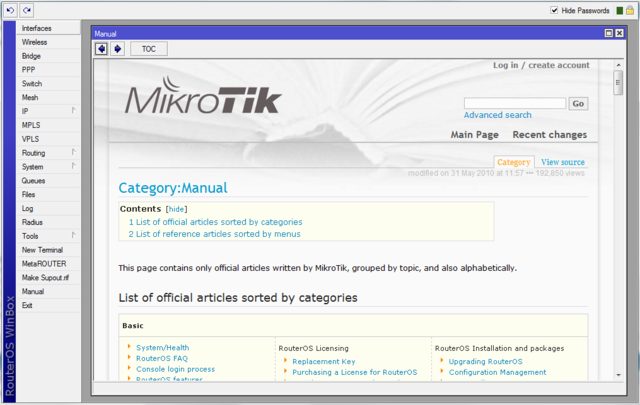

Th p1/p10/pU licenses can be tested with a 60 days trial. This level comes activated by default on all images. All the rest of the features have no restrictions. The free license level allows CHR to run indefinitely, with a limit of 1Mbps upload per interface. There are two ways to use and try CHR free of charge. It is the highest tier license and it has no enforced limitations. The p-unlimited (perpetual-unlimited) license level allows CHR to run indefinitely. All features are available without restrictions. P10 (perpetual-10), which also allows CHR to run indefinitely, with a 10Gbps upload limit per interface. It can be upgraded p1 to p10 or p-unlimited. All the rest of the features provided by CHR are available without restrictions. It comes with a limit of 1Gbps upload per interface. P1 (perpetual-1), which allows CHR to run indefinitely. The CHR images have full RouterOS features enabled by default, but they use a different licensing model than other RouterOS versions. Networking using E1000 or rtl8193, and disks with IDE, SATA, SCSI or SAS interfaces. Network adapters must be Network adapter or Legacy Network adapter. Disks must be IDE, VMware paravirtual SCSI, LSI Logic SAS or LSI Logic Parallel.

Network adapters must be vmxnet3 or E1000. Some special requeriments apply depending on the subyacent hypervisor. And others, like Xen, but I haven’t tested it yet.It runs on x86-64-bit architecture and can be deployed on most hypervisors such as: MikroTik Cloud Hosted Router (CHR) is a RouterOS version intended to be used as a virtual machine instance.


 0 kommentar(er)
0 kommentar(er)
